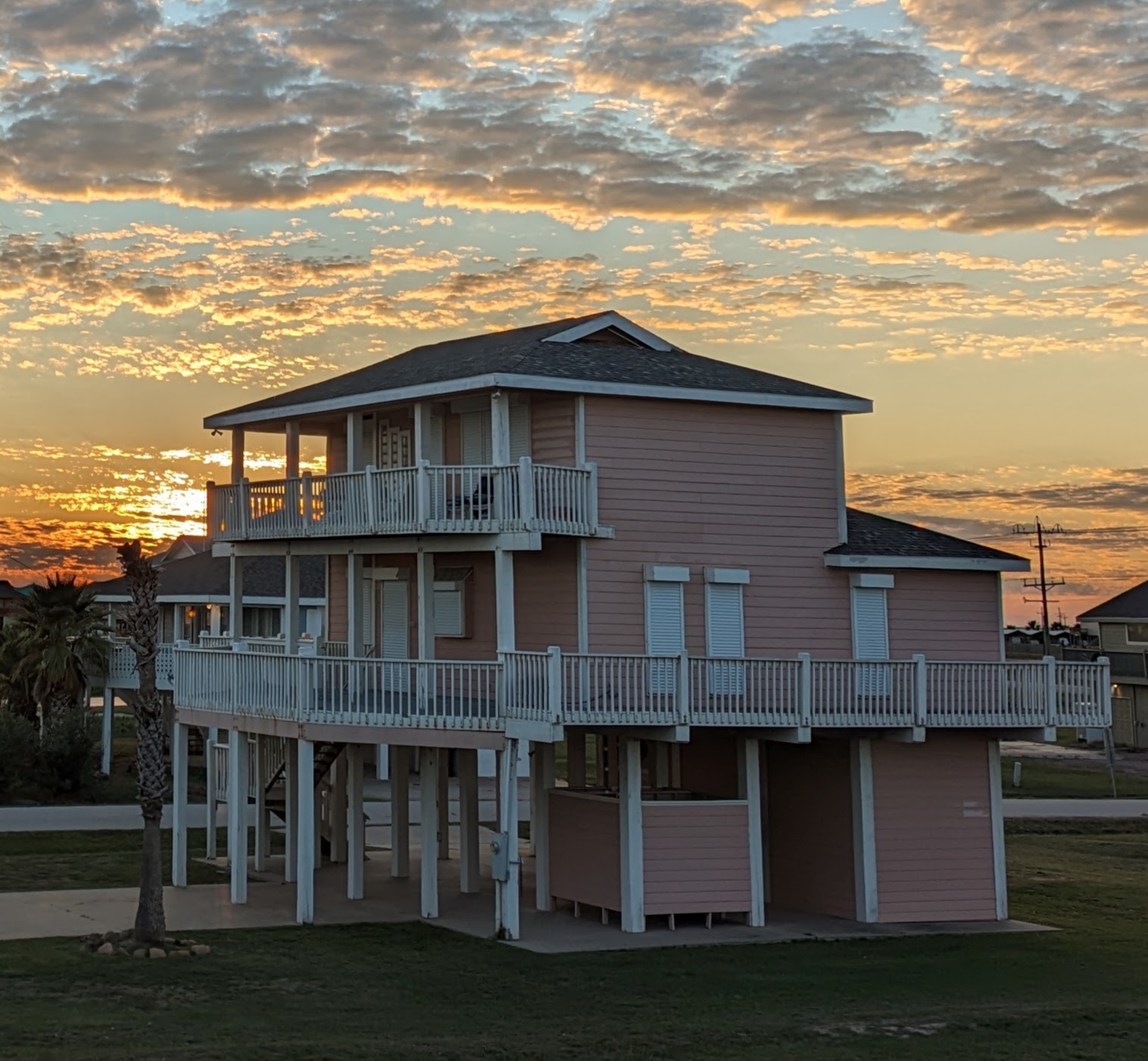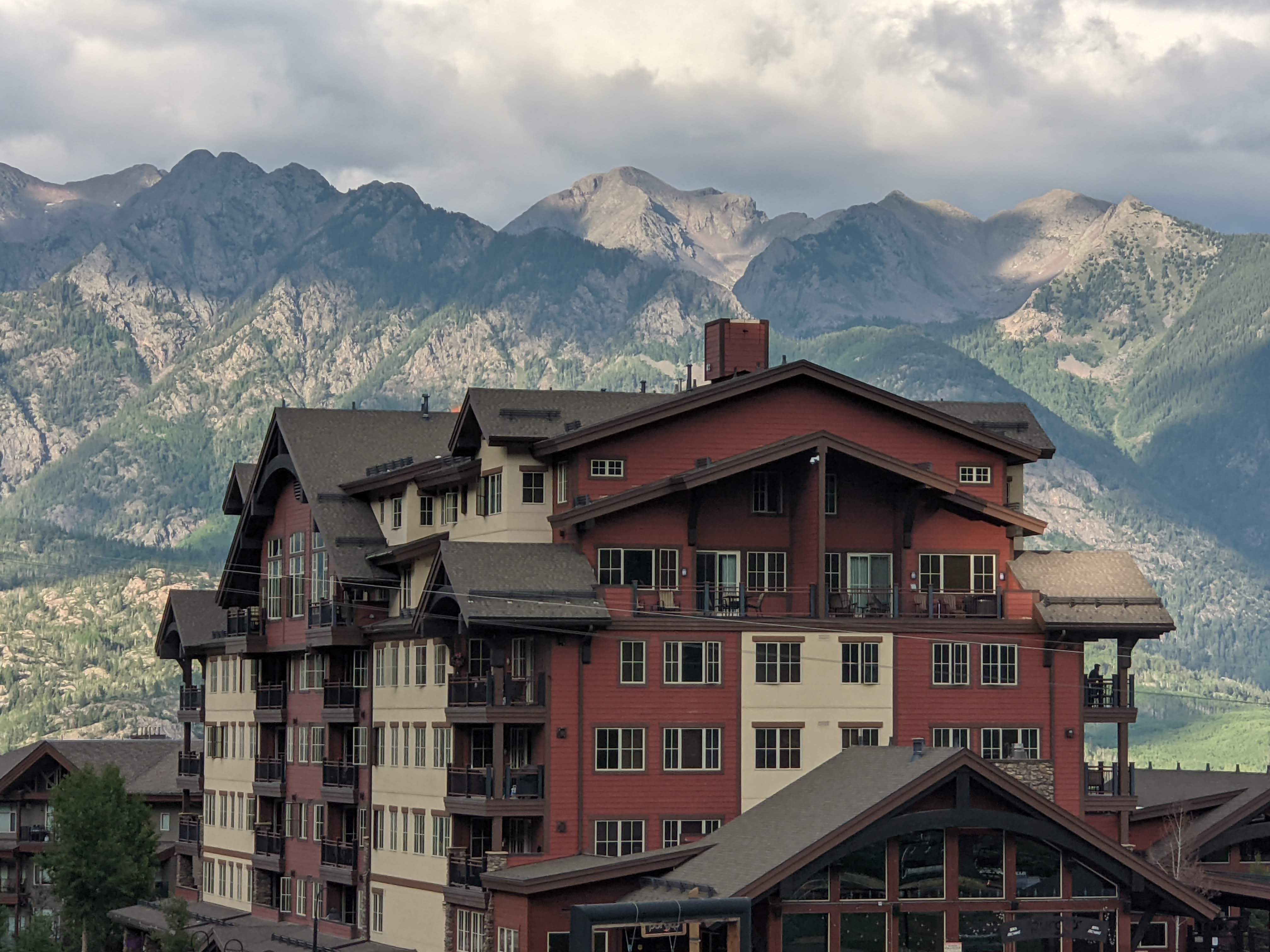Home Insurance Crisis: Soaring Premiums and Inadequate Payouts for Damage Claims
Homeowners across the U.S. are increasingly finding themselves squeezed by skyrocketing insurance premiums and frustratingly low payouts when disaster strikes. The pressure is mounting — and for some, their home policy protections are falling short when they need them most.
Why Premiums Are Climbing So Fast
The average annual home insurance premium for a mid‑credit homeowner in a $350,000 rebuild‑cost home is now $3,303. From 2021 to 2024, while inflation jumped roughly 11%, average homeowners insurance premiums rose by 24% — an increase of about $648. Some states saw even more dramatic increases in 2024: Utah (+59%), Illinois (+50%), Arizona (+48%), and Pennsylvania (+44%).
Insurers point to several factors driving these hikes: more frequent climate‑related disasters, higher costs of materials and labor, and growing litigation and regulatory pressure. Consumer advocates, however, argue that insurers are exploiting the situation — lobbying regulators to allow steep rate hikes, applying restrictive underwriting practices, and squeezing out consumers.
When Damage Happens: Underwhelming Payouts and Claim Denials
Premiums are one thing — but the real crisis often hits after catastrophe. Many homeowners report that insurance companies are paying far less than their losses justify.
Rosanna and Sam Valverde’s story illustrates the heartbreak. Their home survived the January 2025 Eaton Wildfire but was saturated with toxins (lead, arsenic, nickel) from smoke. Their insurer, State Farm, classified the damage as “smoke only,” offering cleaning rather than full remediation. Independent testing estimated full cleanup costs around $300,000, while State Farm’s settlement offer was $70,000. The Valverdes feel dismissed and misled, and are considering legal action after months of delay and stress.
Across the country, similar scenarios unfold after hurricanes, storms, or other disasters — policyholders report denied claims, delayed payments, and lowball offers that fall far short of actual losses. Critics accuse insurers of introducing loopholes, using aggressive claim tactics, and relying on algorithms that undervalue homes — leaving homeowners to absorb the losses.
What Homeowners Can Do to Fight Back
While the system has many problems, there are steps homeowners can take to reduce risk and improve their bargaining position:
1. Shop around regularly — not just at renewal time; some homeowners can save over $1,000 by switching insurers.
2. Increase your deductible — for example, going from $1,000 to $2,500 can reduce premiums by 10–15%.
3. Bundle home and auto policies, though savings may vary.
4. Invest in home risk mitigation: fire prevention, security systems, smoke detectors, and fire‑resistant materials can earn premium discounts.
5. Understand your policy type:
• Actual Cash Value (ACV) pays depreciated value — cheaper premiums, lower claims.
• Replacement Cost Value (RCV) pays to replace with materials of “like kind and quality.”
6. Be precise and thorough in claims — document damage and get independent assessments.
7. Engage with regulators and consumer advocates for oversight and accountability.
Outlook and Takeaway
The home insurance landscape is increasingly fraught. Many homeowners feel abandoned — paying ever‑higher premiums, only to have their claims undervalued or denied when disaster strikes. The convergence of climate risk, rising building costs, and insurer strategies is making coverage inadequate for many.
By staying informed, shopping smart, and understanding the fine print, homeowners can improve their odds. As public pressure builds — through lawsuits, advocacy, and regulatory scrutiny — the hope remains that insurers will be compelled to deliver on their promise: protecting homes when it matters most.
Sources
Data and reporting drawn from multiple analyses and consumer insurance surveys (2024–2025), including market data on rate trends, homeowner experiences, and insurer filings from independent news and regulatory sources.



